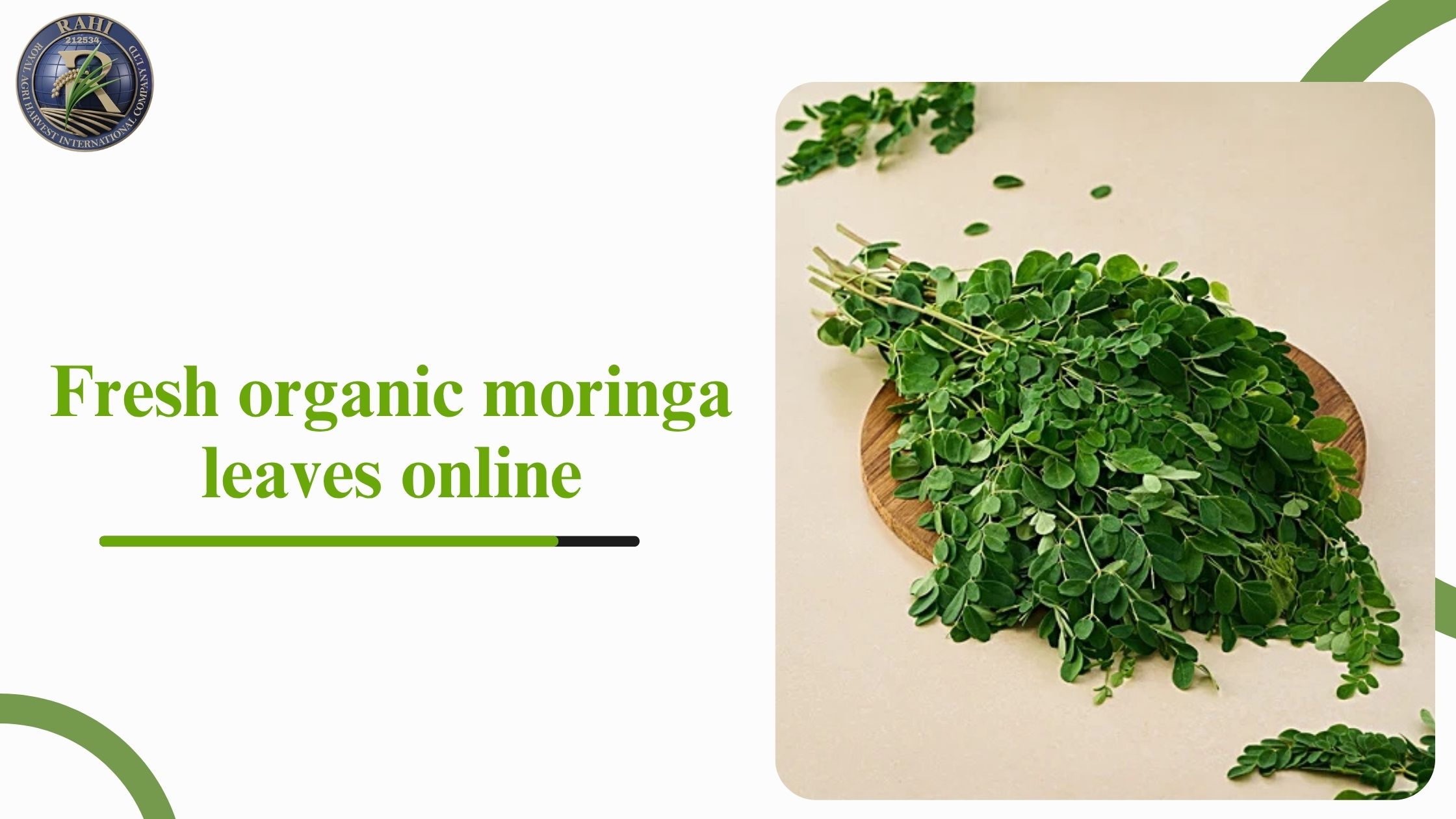In the world of bespoke ethnic fashion, the choice of fabric dictates the final fit, fall, and comfort of a garment. Mastering the selection of unstitched kurti material and the appropriate fabric for pants (or bottoms) is the key to creating a wardrobe that is both stylish and perfectly tailored. This guide unifies the requirements for both the top and bottom halves of a contemporary ethnic ensemble, helping you shop smarter and stitch masterpieces.
The Foundation of Style: Selecting the Ideal Fabric for Kurtis Online
The Kurti, or tunic, is the centerpiece of most Indian daily and semi-formal wear. Its fabric must balance aesthetic appeal with practical considerations like climate, drape, and occasion. Choosing fabric for kurtis online provides an unparalleled variety, but requires attention to detail.
1. Comfort and Climate (The Cotton Family): For everyday wear and the hot Indian climate, nothing beats the classic comfort of cotton. Look for high-thread-count varieties like Cambric or voile in your unstitched kurti material to ensure breathability and a soft finish. The current trend also favors Chikankari-embroidered cotton in both bold and subtle pastel hues, blending traditional craft with modern, minimalist silhouettes. A cotton kurti pairs perfectly with the durability of a cotton twill pant or a relaxed linen bottom.
2. Elegance and Occasion (The Sheen and Drape): For semi-formal events, you need a fabric that offers a refined look without being too heavy. Chanderi is having a significant moment in 2025; its blend of silk and cotton offers a subtle shimmer and sheer elegance, making it an excellent fabric for kurtis online. Similarly, Silk and Georgette remain staples. Georgette, known for its beautiful, flowing drape and crêpe texture, is ideal for longer, flowier kurtis like Anarkalis, and pairs naturally with sleek, tailored fabric for pants like polyester-viscose blends for a neat, polished look.
3. The Print and Pattern Factor: The trend for unstitched kurti material currently favors bold, contrasting combinations. Handblock prints, especially Indigo and Ajrakh, are timeless for casual cotton kurtis, while intricate floral or buta (paisley) patterns are popular for festive silk and Chanderi materials. Buying unstitched allows you to perfectly align the print placement with your desired kurti length and sleeve design.
The Base Layer: Choosing the Right Fabric for Pants and Bottoms
The bottom wear of an ethnic outfit needs to be strong, durable, and complementary to the Kurti. Unlike the flowing top, the fabric for pants must prioritize structure, durability, and elastic recovery to prevent bagging, especially at the knees and hips.
1. Structure for Tailored Trousers: For sharp straight pants, cigarette pants, or even sleek jodhpuris, you need materials with some inherent stiffness and density.
- Cotton Twill: Known for its diagonal rib pattern, it is strong, durable, and perfect for everyday structured pants.
- Stretch Wool Blend: While luxurious, blends incorporating a small percentage of synthetic fibers like Lycra or elastane offer excellent wrinkle resistance and stretch recovery, ensuring the pant maintains its tailored shape throughout the day.
- Cotton Satin: This fabric offers a lustrous, luxurious finish suitable for evening wear trousers while retaining the comfort of cotton.
2. Flow for Palazzos and Wide-Leg Bottoms: For wider, more flowing bottoms like Palazzos and Culottes, the fabric for pants must be lightweight and have a beautiful fall.
- Georgette and Crepe are excellent choices, providing a delicate, fluid drape that works wonderfully when paired with a contrasting, heavier unstitched kurti material, creating a dynamic ensemble.
- Rayon is a popular, affordable choice for comfortable, flowing palazzos, offering a soft feel and good drape.
3. Durability for Everyday Wear: Pants endure more wear and tear than kurtis. When searching for everyday fabric for pants, look for a higher GSM (Grams per Square Meter) or weight listed online, which indicates a denser, longer-lasting material. Always consider wrinkle-resistance for daily-use trousers.
Trending FAQ: Perfecting Your Unstitched Suit Ensemble
Q: What is the ideal amount of unstitched kurti material needed for a standard full-sleeve, knee-length kurti?
A: Generally, you should purchase 2.5 meters of unstitched kurti material for a standard knee-length kurti with full sleeves. For an Anarkali or a very long Kalidar style, you may need 4 to 5 meters depending on the flare and fabric width.
Q: How can I ensure the fabric for pants I buy online won’t stretch out and become baggy over time?
A: Check the fabric composition and choose options that are relatively densely woven and mention elastic recovery or a small percentage (2% to 5%) of Lycra or Spandex in the blend. Avoid extremely loose-weave fabrics for fitted pants. Cotton Twill and structured blends are your safest bets for maintaining shape.
Q: What is the most popular trend for pairing fabric for kurtis online and fabric for pants?
A: The current top trend is the Monochrome or Tonal Co-ord Set using a single base color but contrasting textures. For example, a crisp Chanderi or printed Silk kurti paired with tailored Cotton Satin or Cotton Twill pants in the exact same or a slightly darker shade. This creates an effortlessly elegant and contemporary look.
The choice of fabric from the breathable comfort of cotton unstitched kurti material to the sturdy structure of the perfect fabric for pants is the ultimate expression of personal style and quality.



